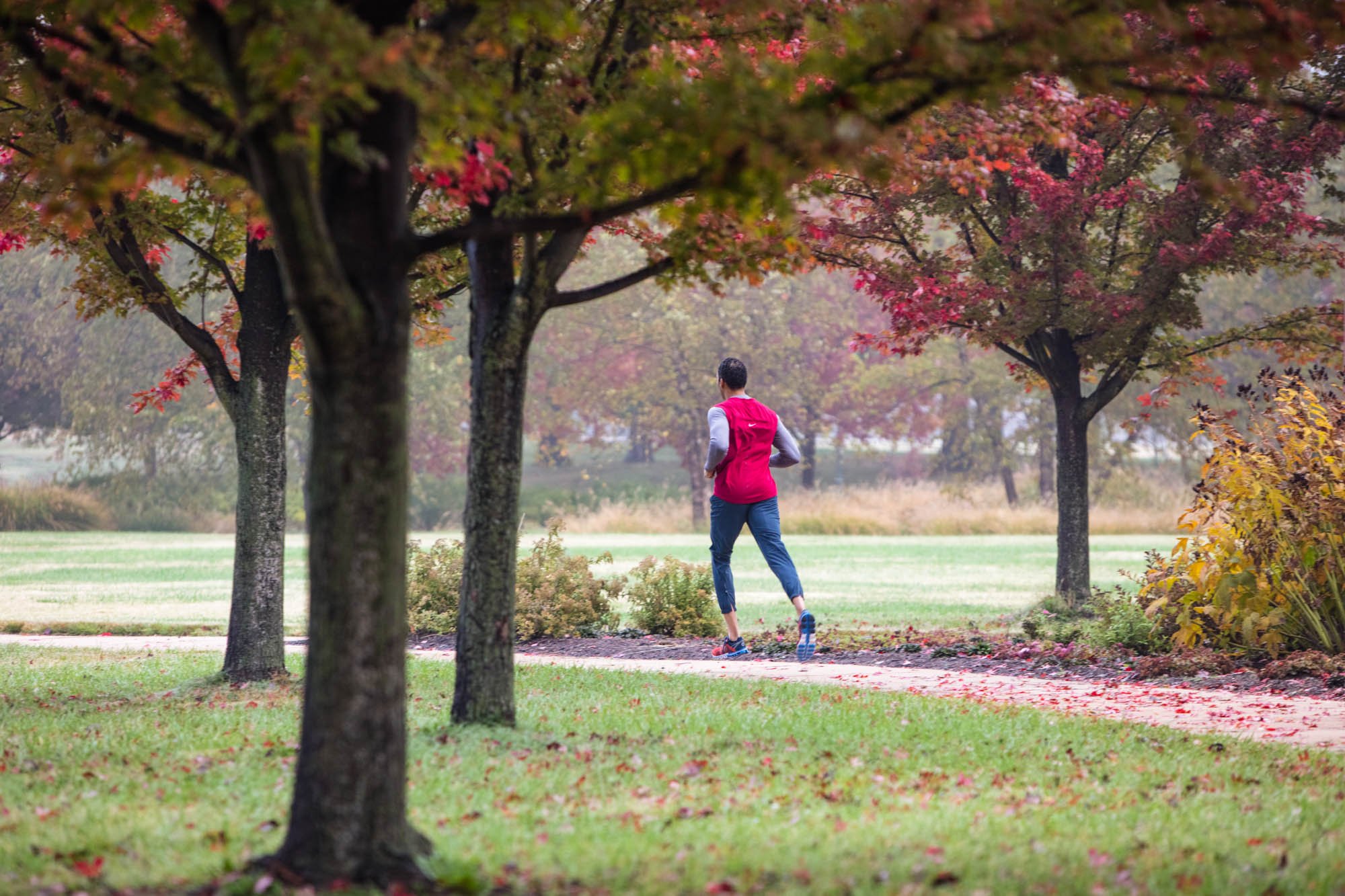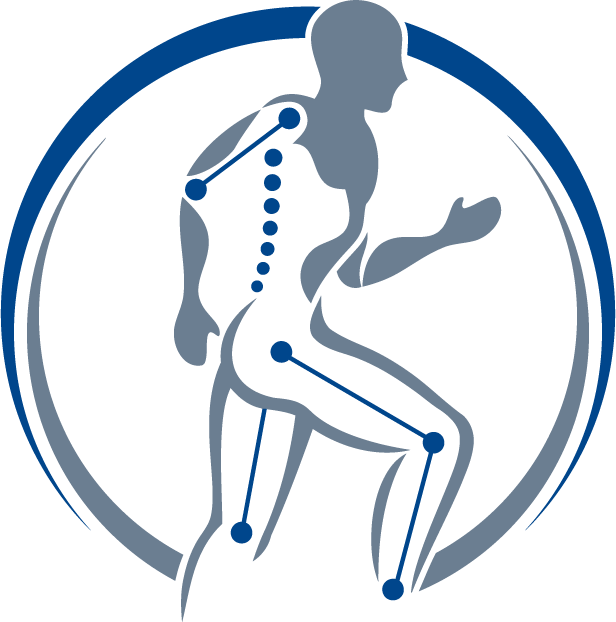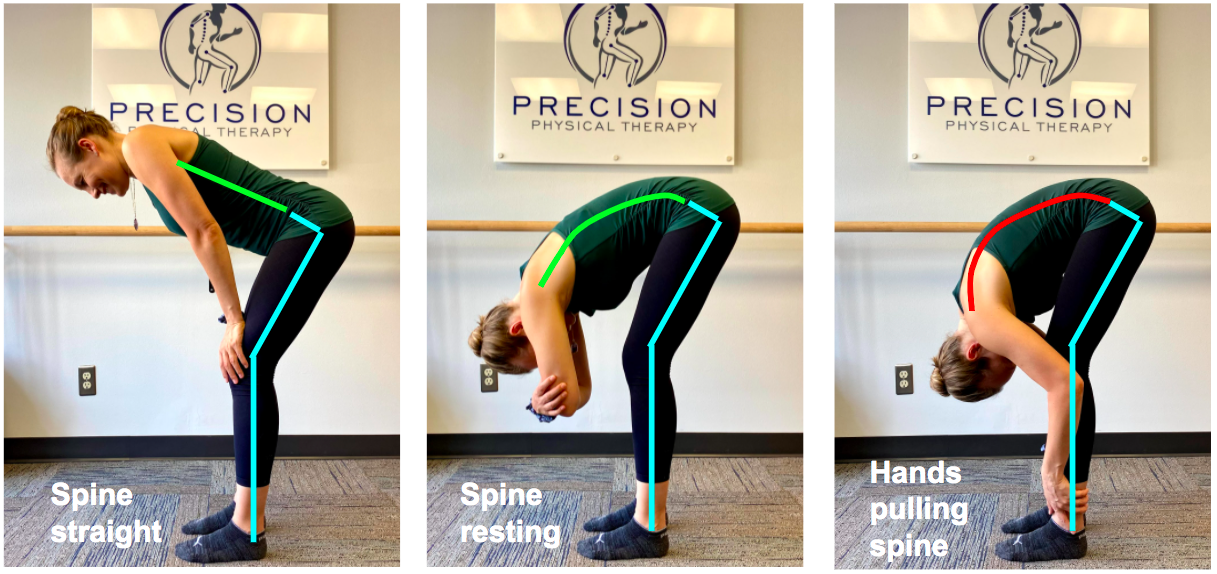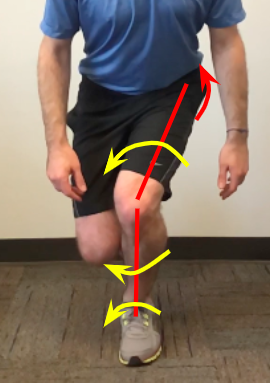
LEARN
Precision Physical Therapy Blog
Are your hamstring stretches effective?
Do you remember the ‘sit and reach’ test from the presidential fitness program in grade school? We would all line up and see who could reach to and past their feet as a measure of flexibility. We thought we were seeing who had the most flexible hamstrings, however this test is not actually specific for hamstring muscle length! You can reach to your toes and still have moderately short hamstrings if all the ‘reach’ in the test is coming from your spine.
To stretch or not to stretch?: Muscle vs. Nerve pain, identifying the difference
When various aches and pains arise it can be hard to know when to move away from google and seek professional advice. One of the common strategies we find patients use to self-treat their pain is to stretch the area that is painful. It is easy to find advice online with “5 best neck stretches” or “how to treat your hip pain at home”. As with all general advice, sometimes this is helpful and other times frustrating. Whether or not it’s helpful often depends on the cause of the pain. A common mistake is stretching pain that is coming from the nerve and not the muscle.
Another Look at Hip Drop
Hands and knees (quadruped) exercises allow us to challenge our ability to control spine/pelvis posture with less impact from gravity. This is a great position to challenge and fine tune our movement quality and strength. Quadruped exercises are both common in strengthening programs and important for developing core stability. But many of us are not sure what makes “good form” when completing a quadruped exercise.
What those with chiseled abs can learn from today’s PB instructor
Our body is built in alternating stable and mobile segments. In general we want to improve stability of the ‘stable segments’ and improve mobility of the ‘mobile segments’. When we break down and allow our mobile segments to get stiff, it forces our stable segments to move too easily. The lumbar spine is sandwiched between two mobile segments, the thoracic spine (our primary source of rotation in our spine/ torso) and the hip joint (that also allows for rotation as a ball and socket joint). The lumbar spine (low back) is designed as a stable segment, not as a rotational (or mobile) segment.
Running: Dynamic Knee Valgus
Limited ankle range of motion and gluteal weakness: two of the most common contributors to injuries that we see in runners. These impairments often lead to a movement pattern called dynamic knee valgus and knee pain in runners. This is especially true in those who are new to running or returning after a long break. This blog will describe the knee valgus pattern: What is it? How do you fix it? Why does it matter?
Pure Barre: Stability While Walking
At Precision PT, one of our favorite things about Pure Barre is the emphasis on quality gluteal strengthening. The gluteal strengthening and abdominal strengthening done in Pure Barre can be consciously used to correct poor walking habits. We frequently work with patients to change their movement patterns with walking as a way to improve back, hip and knee pain. The most common problems we see with walking patterns (at the pelvis) have to do with hip drop and pelvic rotation.
Pure Barre: Knee Valgus Posture
You may have heard your pure barre instructors discuss knee posture during class, particularly during lunging positions. Knee posture is one of those areas that is a focus of fitness classes but commonly overlooked in daily life. The knee joint is a hinge joint - think about how it should open and close. While it can rotate, in general rotation of the knee creates problems. Fortunately, the knee is well studied! There are lots of research publications available on knee posture and its impact on osteoarthritis, meniscus tears, ACL tears and patellofemoral pain.
Pure Barre: How to Correct Forward Head Posture during Function and Fitness
Neck posture can be tricky to change Years of desk work and cell phone use leaves many of us with a forward head posture. When we allow our head to move into a forward position, over time the tissues in the back of the neck become short and stiff and the tissues in the front of the neck become long and weak. This imbalance can be challenging to correct.It requires a careful mix of stretching, strengthening, and coordination training in addition to unlearning the posture habits that caused it in the first place!
Pure Barre: Foot Posture Corrections
When we grow up thinking about posture, we often think of our low back and shoulders. Rarely do we consider the posture of our feet. As the base of our whole body, foot posture can impact the alignment of many joints. The arch of the foot is a shock absorption system. It should be rigid when we need stability and flatten when we absorb shock. In general, people fall into one of three foot types: pronated, neutral or supinated.
Pure Barre at Home: Protecting the knee joint and keeping up with quad strengthening
Changing one’s fitness routine to be completed entirely at home creates a number of challenges, from crying kids, to pets licking your face, the dog hair on the rug and spotty internet. It’s been a challenge for all of us and I thought this month we could provide you with some simple modifications to make exercising at home a little more enjoyable, at least for your knees.
Pure Barre: Easing your wrists into a plank.
I remember back to when I first started Pure Barre. My wrists were sore and my body needed time to adapt to plank and push up postures. This is normal. Prolonged wrist extension at 90 degrees requires not only normal bony alignment, but strength in the muscles of the forearm, wrist and fingers. Today we discuss ways to ease your wrists into a plank if you are new to Pure Barre or have some differences in your joint structure that vary from normal.
Pure Barre: How to Align Your Shoulders During Planks
This month I want to discuss scapular posture during front planks. Planking is one of the ways we strengthening our shoulders in Pure Barre. Strengthening an ideal shoulder alignment will allow us to hold the good posture during strenuous daily activities like lifting heavy objects and pushing heavy doors. Finding that ideal alignment can help us to prevent injuries in the future.
Pure Barre: Pelvic Posture
This month I want to discuss pelvis posture during single leg standing. One of the many ways PB exercises strengthen the gluteals is by completing prolonged single leg standing (or single leg kneeling) activities. This challenges the gluteal muscle on the standing side to work hard to keep the pelvis level! When your pelvis is level, your gluteal (and some abdominals and paraspinals) work to maintain your spine in a healthy neutral posture during your exercises.
Runners: ITB ‘Stretching’ mistakes and 3 ways to fix it!
Iliotibial band (ITB) insertion pain is a common complaint among runners. While not a serious injury, it is almost impossible to continue training when this pain presents. Most often, ITB pain in runners is associated with weak gluteals, resulting in overuse of the Tensor Fasciae Latae (TFL), a hip flexor.















